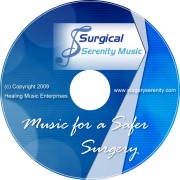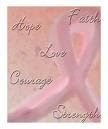Anything that increases the chance of developing a disease is called a risk factor. Risk factors for breast cancer include the following:
age
age at the start of menstruation
age at first live birth
number of first-degree relatives (mother, sisters, daughters) with breast cancer
number of previous breast biopsies (whether positive or negative)
at least one breast biopsy with atypical hyperplasia
Other risk factors, such as age at menopause, dense breast tissue on a mammogram, use of birth control pills or hormone replacement therapy, a high-fat diet, drinking alcohol, low physical activity, obesity, or environmental exposures, are not included in risk estimates with the Breast Cancer Risk Assessment Tool for three reasons: evidence is not conclusive or researchers cannot accurately determine how much these factors contribute to the calculation of risk for an individual woman, or adding these factors does not increase the accuracy of the tool appreciably.
Breast cancer may also be caused by inherited gene mutations. Hereditary breast cancers account for approximately 5% to 10% of all breast cancers. Specific hereditary predispositions for breast cancer, such as inheriting a mutation in either the BRCA1 or BRCA2 gene, are not taken into account in risk estimates with the Breast Cancer Risk Assessment Tool. Although the tool performs well in clinics where women have a strong family history of breast cancer, more specific methods for projecting risk are appropriate if a woman is known to carry a breast cancer-producing mutation in BRCA1 or BRCA2.
Researchers are, however, conducting additional studies to gather more data and to determine whether including information on other risk factors can strengthen the statistical model, called the Gail model, upon which the Breast Cancer Risk Assessment Tool is based. Nonetheless, the current model estimates breast cancer risk accurately on average.
Sunday, July 20, 2008
Subscribe to:
Posts (Atom)







